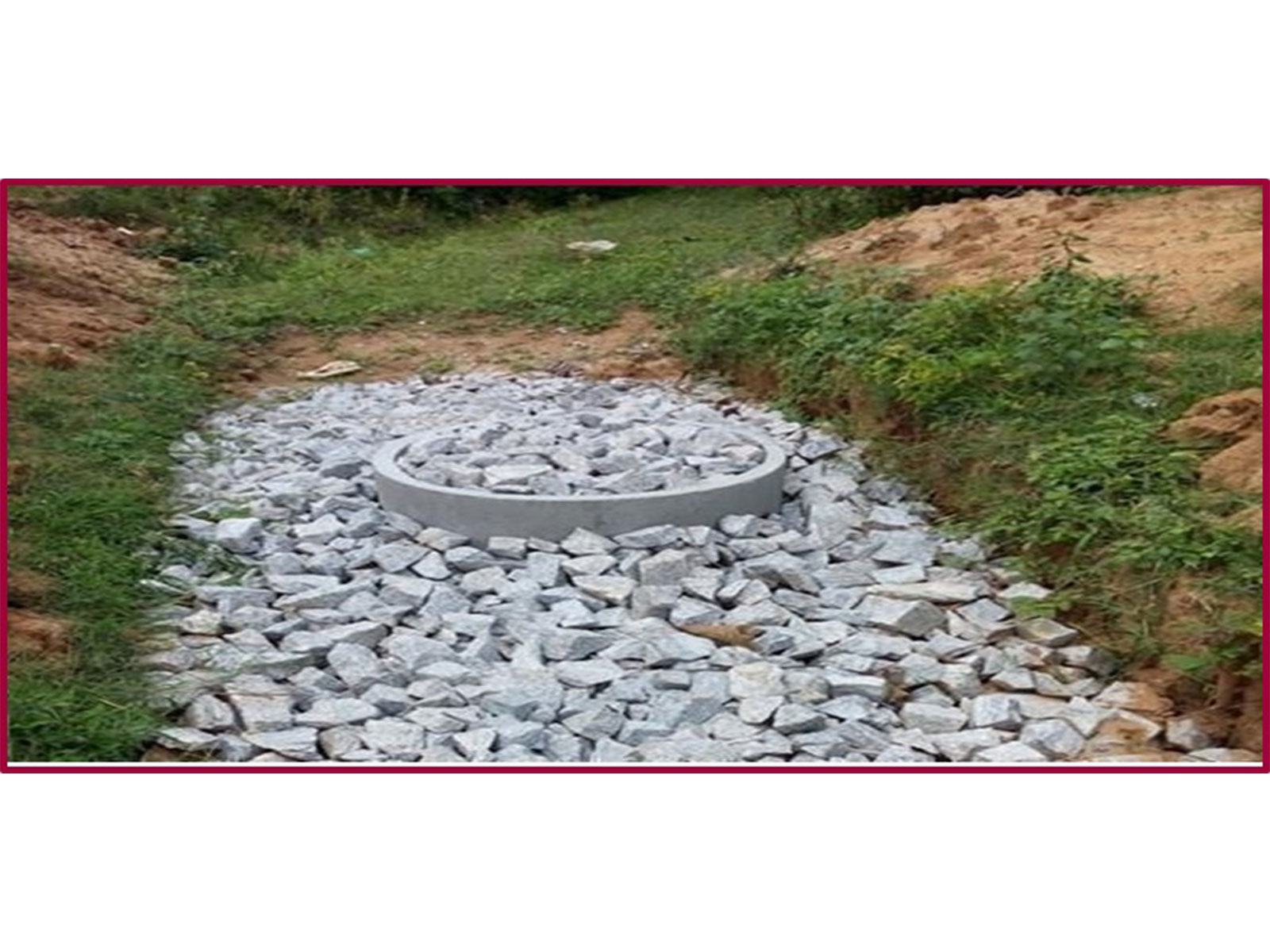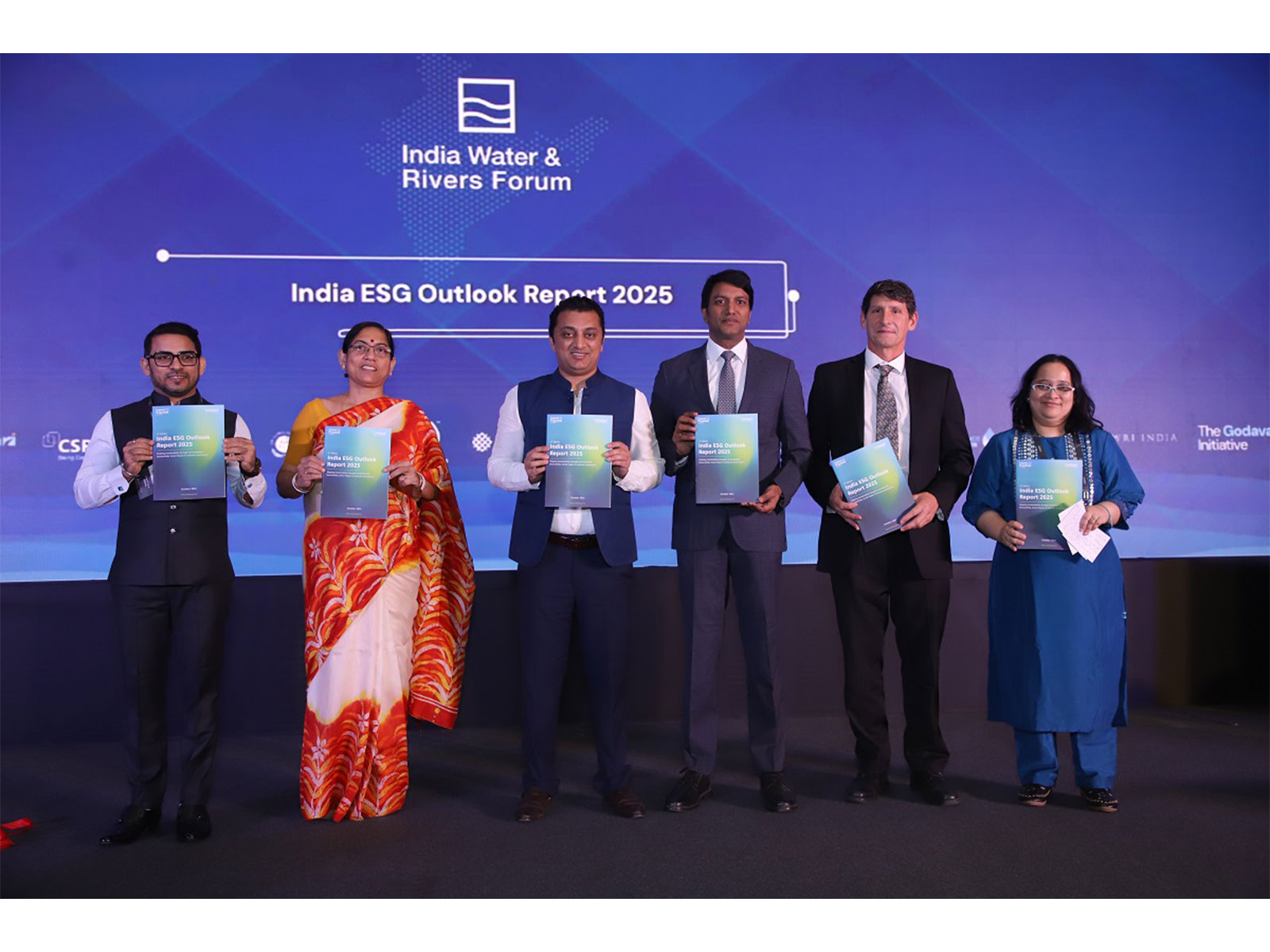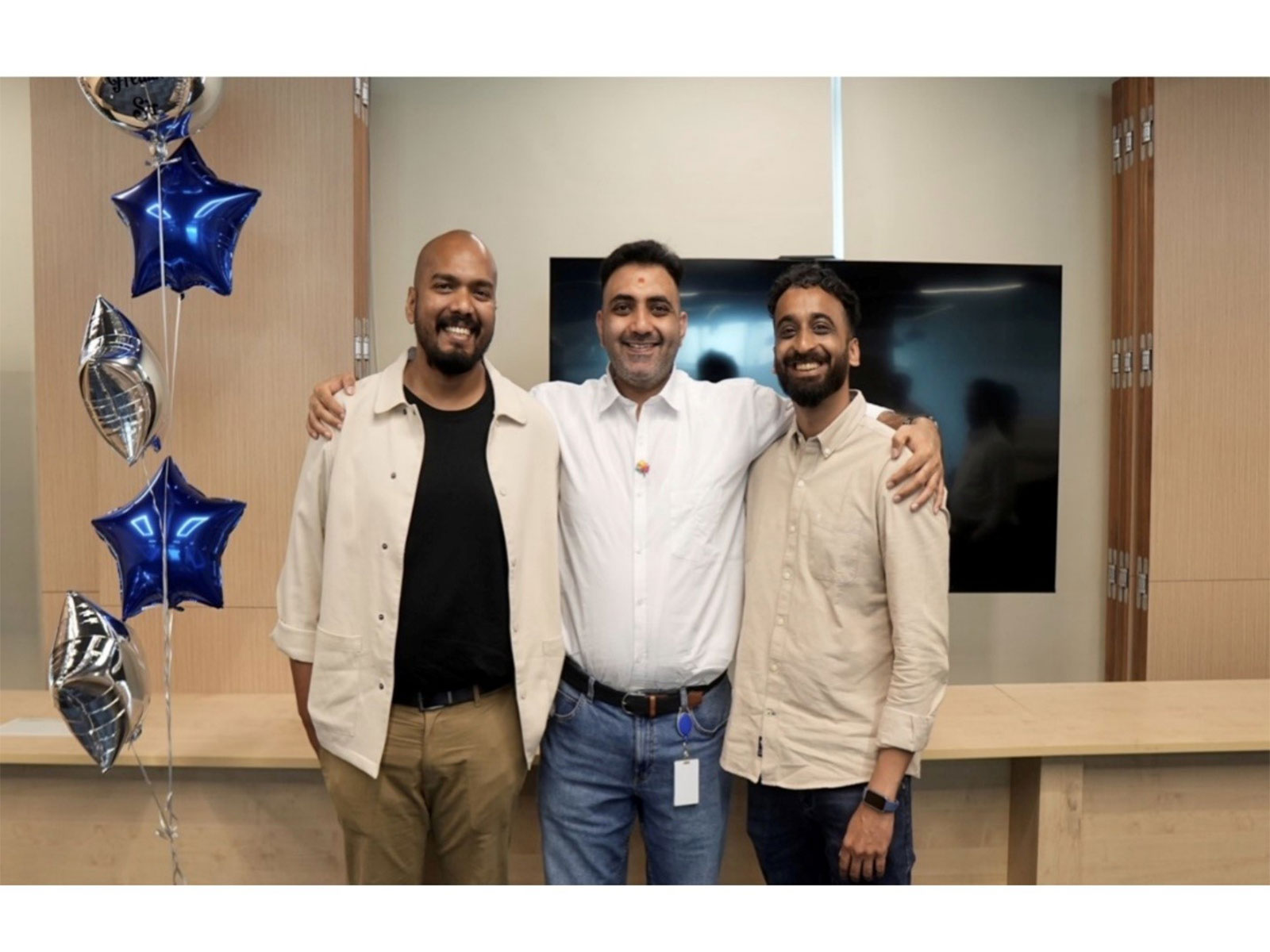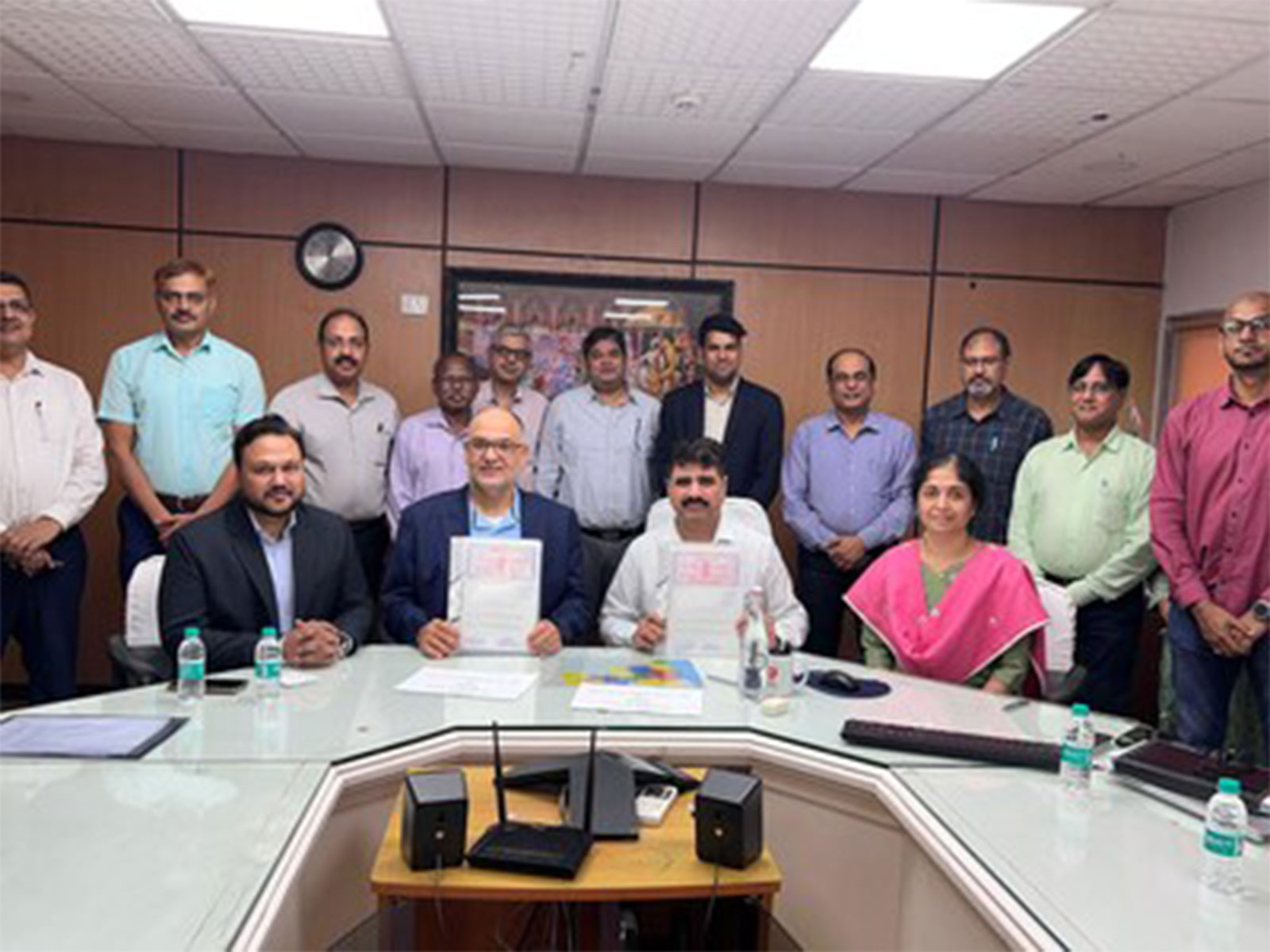NewsVoir
Bengaluru (Karnataka) [India], October 10: For years, Bundelkhand has stood as a stark symbol of India’s agrarian distress. Straddling Uttar Pradesh and Madhya Pradesh, the region is marked by rocky terrain, erratic rainfall, and a history of extreme climatic swings. From 2003 to 2010, Bundelkhand endured one of the longest droughts in recent memory, followed almost immediately by devastating floods in 2011. The impact was catastrophic: barren fields, spiralling debt cycles, mass migration, and a tragic rise in farmer suicides.
A 2018 NGO survey revealed that nearly half of Bundelkhand’s four million farmers had already migrated in search of survival. Borewells drilled in desperation only hastened the depletion of groundwater. Rainwater, instead of replenishing the aquifers, rushed away through seasonal nullahs, leaving the land dry once more.
Against this backdrop of crisis, a turnaround is now underway. Farmers are seeing groundwater return, irrigation costs fall, and agriculture regain viability, thanks to a large-scale scientific river and aquifer rejuvenation project led by The Art of Living Social Projects under the guidance of Gurudev Sri Sri Ravi Shankar. This initiative stands as a model solution for water crisis, blending scientific precision, community participation, and spiritual commitment to restore balance and hope to rural lives.
A Scientific Response to a Human Crisis
At the peak of Bundelkhand’s water distress, Hon. Member of Parliament Shri Anurag Sharma invited The Art of Living Social Projects to design a sustainable solution. A team of geologists and hydrologists identified managed aquifer recharge as the key intervention – a method that slows rainwater runoff and directs it into underground reserves.
Over the past two years, the project has been implemented in 42.82 square kilometres of the Gobind Sagar catchment area in Lalitpur district, with support from Hindustan Aeronautics Limited (HAL), Ashirvad Pipes, and the local administration.
The results are measurable and significant. 238 recharge wells, boulder checks, and bore recharge structures have been built, enabling rainwater to infiltrate the ground rather than flow away unused. According to official district reports, groundwater levels in parts of Birdha block have already risen by five to six feet.
Impact on Farming Communities
For Bundelkhand’s farmers, these numbers translate into a tangible rise in livelihoods. With groundwater reserves replenished, irrigation has become more dependable. Diesel expenses for water pumping have dropped, and crop security has strengthened. Water pump sets that once ran for barely an hour now operate for five to six hours at a stretch. For communities long accustomed to uncertainty, this is a transformative change – one that makes farming viable again and reduces the compulsion to migrate.
Beyond Water: Reviving the Ecosystem
The impact of the project extends beyond agriculture. By restoring underground water reserves, Bundelkhand’s fragile ecology is showing signs of revival. Retained water is improving soil fertility, reducing erosion, and supporting vegetation growth. Biodiversity – from trees to bird species – is slowly returning, aided by more consistent water availability.
Crucially, the initiative is not limited to infrastructure. It has fostered a sense of ownership among local communities, ensuring long-term sustainability. Farmers are no longer passive recipients of aid but active partners in restoring their land.
A Model for Replication
Bundelkhand’s water crisis is far from resolved, but the early outcomes of this intervention are encouraging. By combining scientific expertise, community participation, and institutional support, the project demonstrates a replicable model for regions facing similar challenges.
The story of Bundelkhand is shifting. Where headlines once chronicled drought, debt, and despair, there is now evidence of renewal. Fields are being cultivated again, migration is slowing, and groundwater – long thought lost – is beginning to return.
As this work expands, it offers a powerful reminder: the solutions to India’s water and agrarian crises lie not in short-term relief, but in systematic, science-based restoration of the very ecosystems on which farming depends.
The Art of Living, a non-profit, educational, and humanitarian organisation founded in 1981 by the world-renowned spiritual leader and humanitarian Gurudev Sri Sri Ravi Shankar, is committed to addressing India’s pressing water challenges. Through its large-scale River Rejuvenation Projects, the organisation works to mitigate water scarcity by restoring rivers, reviving ecosystems, and improving the quality of life for communities across the country. Get involved, donate now: NGO for Water Conservation in India, Top NGO in India for Social Projects.
Follow: www.instagram.com/artofliving.sp/
Like: www.facebook.com/artoflivingsocialprojects
Post: x.com/artofliving_sp
Message: www.linkedin.com/showcase/artofliving-sp
(ADVERTORIAL DISCLAIMER: The above press release has been provided by NewsVoir. ANI will not be responsible in any way for the content of the same)
Disclaimer: This story is auto-generated from a syndicated feed of ANI; only the image & headline may have been reworked by News Services Division of World News Network Inc Ltd and Palghar News and Pune News and World News
HINDI, MARATHI, GUJARATI, TAMIL, TELUGU, BENGALI, KANNADA, ORIYA, PUNJABI, URDU, MALAYALAM
For more details and packages

















